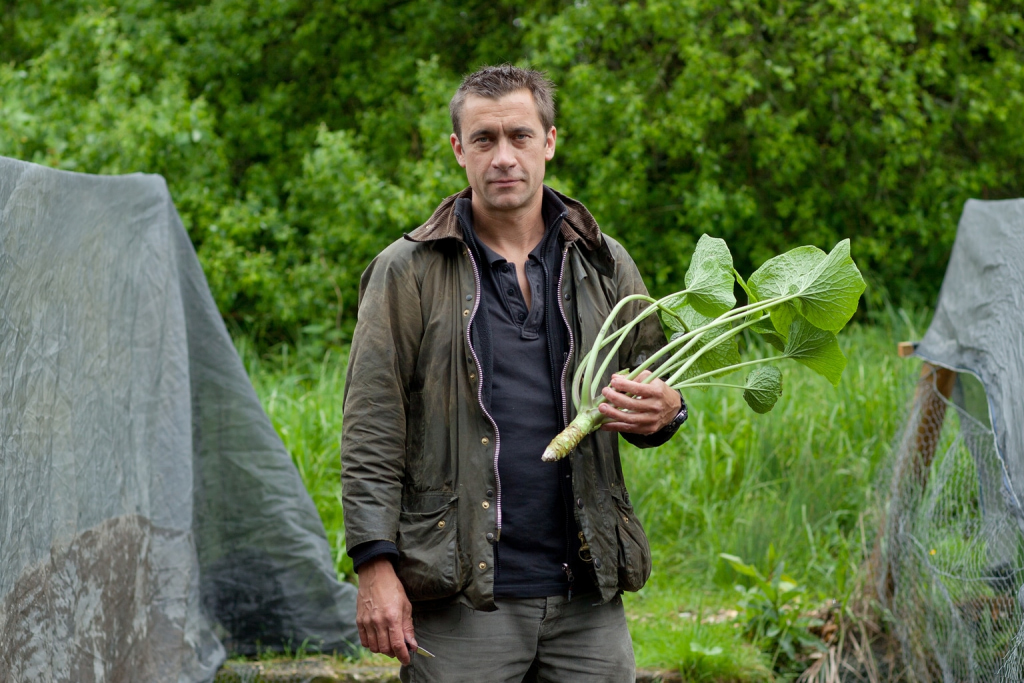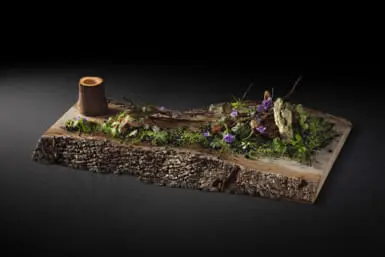In Hampshire, England, watercress is synonymous with the county’s identity. Grown since the 1800s, it was the spine of the local economy. However, one daring watercress farmer decided to go into the unknown and start growing wasabi. By doing that, Jon Old of The Wasabi Company became the first wasabi grower in Europe. So how and why did Old decide to start growing one of the most expensive and finicky plants in the world?
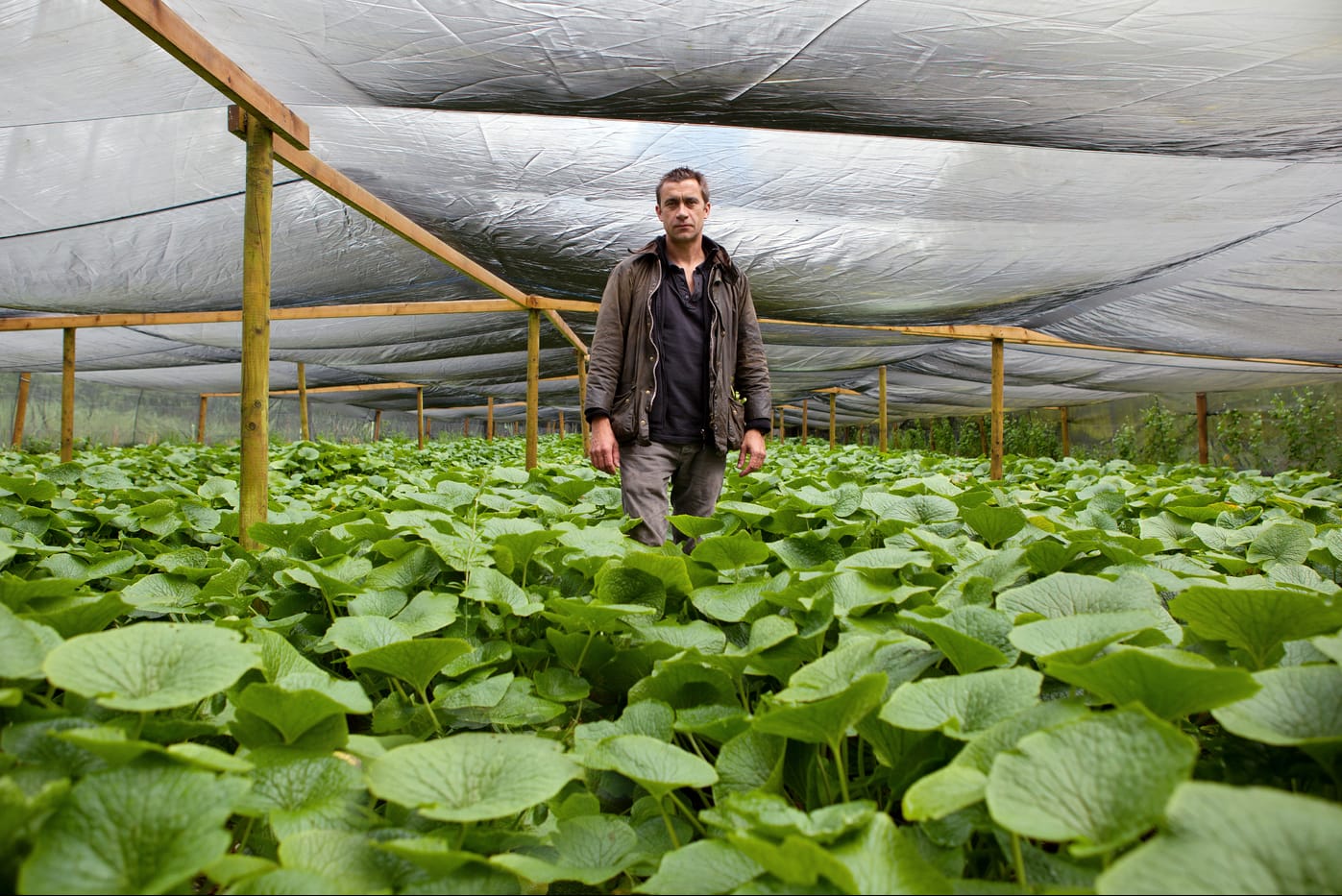
The Early Growth of the Company
While wasabi is commonly cultivated in Japan, it is extremely rare to find it growing elsewhere. Instead, imitation wasabi is often used, made from a blend of horseradish, mustard flour, cornstarch and green food colorant.
“It all started when a chef came to our farm in 2010 to taste our watercress and drew similarities to wasabi,” Old remembers.
After researching how wasabi was grown, it became apparent to Old that it was much more difficult than watercress. Taking on the challenge, he found that the growing conditions in Japan were similar to that of his watercress farms. These farms were built specifically because of the surrounding spring water, which is brought 40m up from the ground and is nutrient-rich. The natural spring water runs through the crop beds and then into the rivers, making it the ideal location to grow watercress and wasabi.
Starting with 400 wasabi plants imported from Japan, Old and his team used their watercress knowledge to begin planting. The first wasabi crops were planted in 2010 and The Wasabi Company started selling the wasabi in 2012.
“It very quickly took off in the press as it was Europe’s first wasabi farm,” says Old. “Then it involved a lot of hard work, visiting chefs and doing events on the farm. Japanese chefs were naturally skeptical of English wasabi. We showed them that the wasabi was growing in natural conditions and of course, they were able to taste it as well. It took a lot of marketing to get accepted.”

Growing Pains
It wasn’t all smooth sailing for Old and his wasabi. The notoriously difficult to grow crop has to be surrounded by the perfect environment to grow.
“Wasabi likes a temperature of 8 to 15 degrees Celsius. We have extreme temperatures outside of this in the UK, similar to that of Japan. However, they have a longer growing season and the higher altitudes, which protect the wasabi crops,” Old explains.
During the first winter, thousands of his wasabi crops froze.
“We have a net system that goes over the bed, predominately for shade during the summer,” he says. “Previously we were taking that off during the winter, which seemed like a logical thing to do. However, when we started to get the extremely cold conditions, the rhizomes (wasabi stems) were actually freezing.”
The solution was to keep the nets on all year round, which provided the wasabi with some protection during the winter.
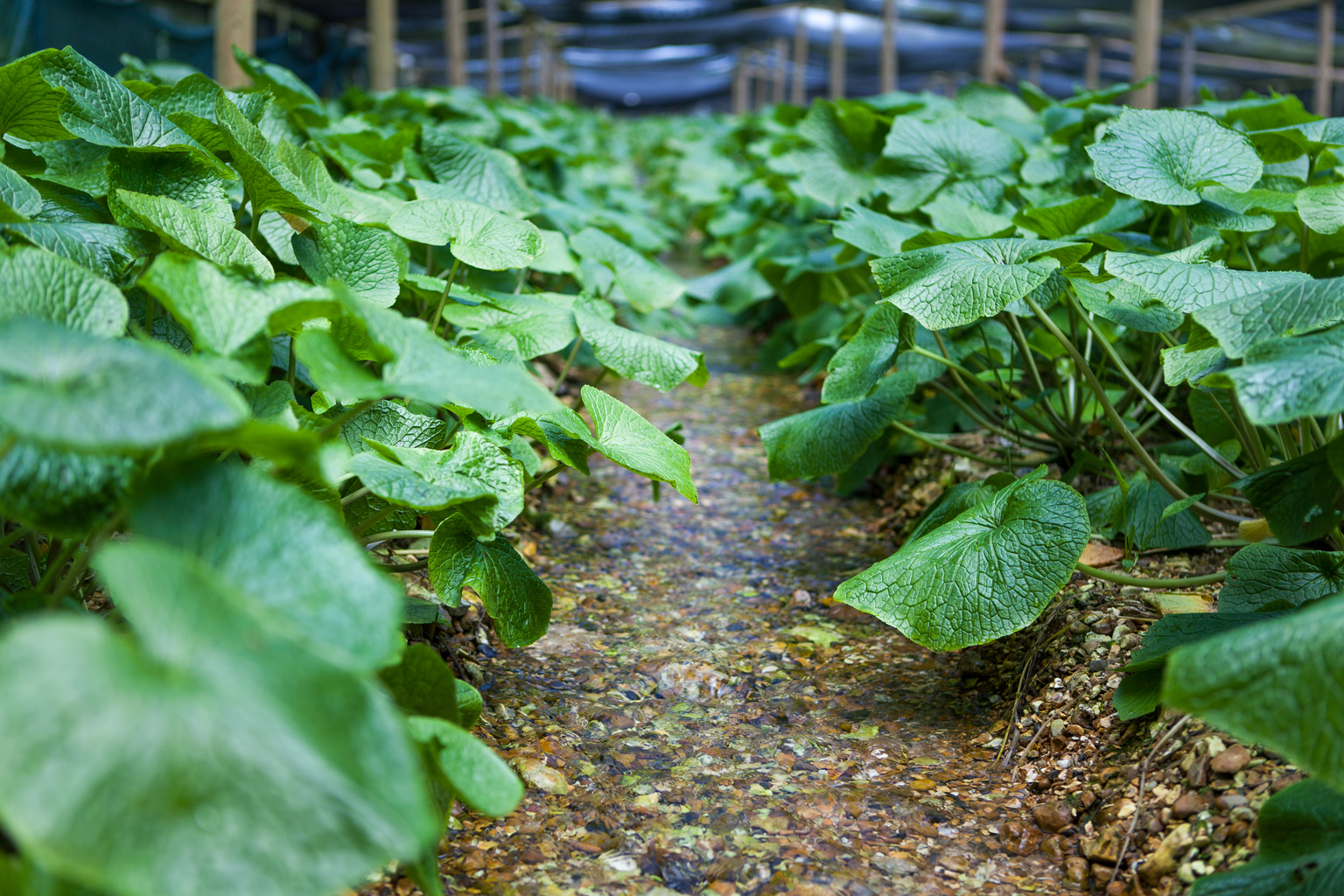
“Growing wasabi is not easy,” says Old. “There are a large number of people who have tried and failed. Luckily, we have the resources available to make a success out of it but it’s still a huge challenge.”
Elsewhere around Europe, there are a couple of other wasabi growers, one in Ireland and one in the Netherlands. However, what makes Old’s wasabi farms stand out is the natural flowing spring water, mimicking the conditions of wasabi farms in Japan.
Receiving Recognition
During Old’s visit to Raymond Blanc’s restaurant, Le Manoir Aux Quat’Saisons in Oxfordshire, he met the head chef who had just arrived back from a trip to Japan.
“After showing him the wasabi, he literally got down on his knees and thanked us,” Old tells us. “Blanc came in himself and then tasted our wasabi. It was thrilling to see the excitement on their faces. When we tried to take the box and leave at the end, the chef was trying to hold on to it for himself. It was at that point we realized we had something that would create significant demand.”
Now, Old’s wasabi is sold across the UK and nearly every country in Europe. The only reason they don’t deliver to more distant countries is that long transport might impact quality.
Most clients are Japanese chefs who use freshly grated wasabi for sushi and sashimi. Other chefs are becoming more innovative, using wasabi in sauces, foams and desserts. At Le Manoir Aux Quat’Saisons, wasabi is used in a beurre blanc to add a delightfully subtle heat to the tangy and bright sauce. Just down the road from Old’s wasabi farm is the Kyoto Kitchen, where wasabi leaves are marinated and wrapped around sushi, mimicking nori.
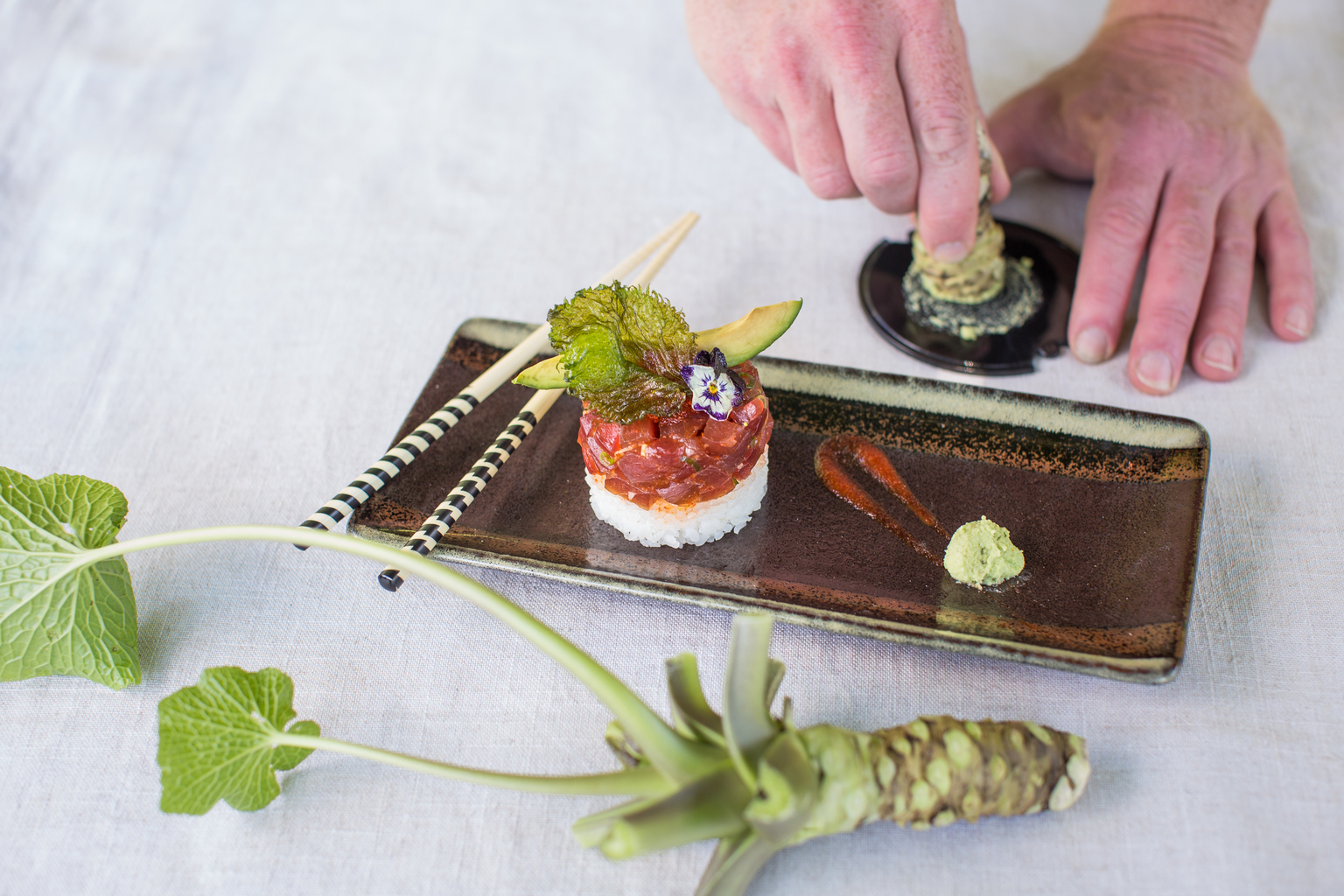
New Ventures
After the initial success of his wasabi, Old soon found himself venturing down another path in 2014. Visiting a client in Paris, he was introduced to a Japanese ingredients store. What caught his eye was a ponzu sauce from Wakayama Prefecture. He brought it back to his wife and after going through it quickly, she requested more. Scouring all over England, he could not find that same bottle of ponzu so he decided to email the company directly and subsequently became their representative in the UK.
“There are other Japanese ingredient suppliers in the UK, but they tend to focus on the same range and quality of products,” says Old. “We couldn’t find the artisan products of the premium kind that we wanted to sell. We were already selling wasabi, one of the most expensive plants on the planet. So, we wanted similar products of that quality.”
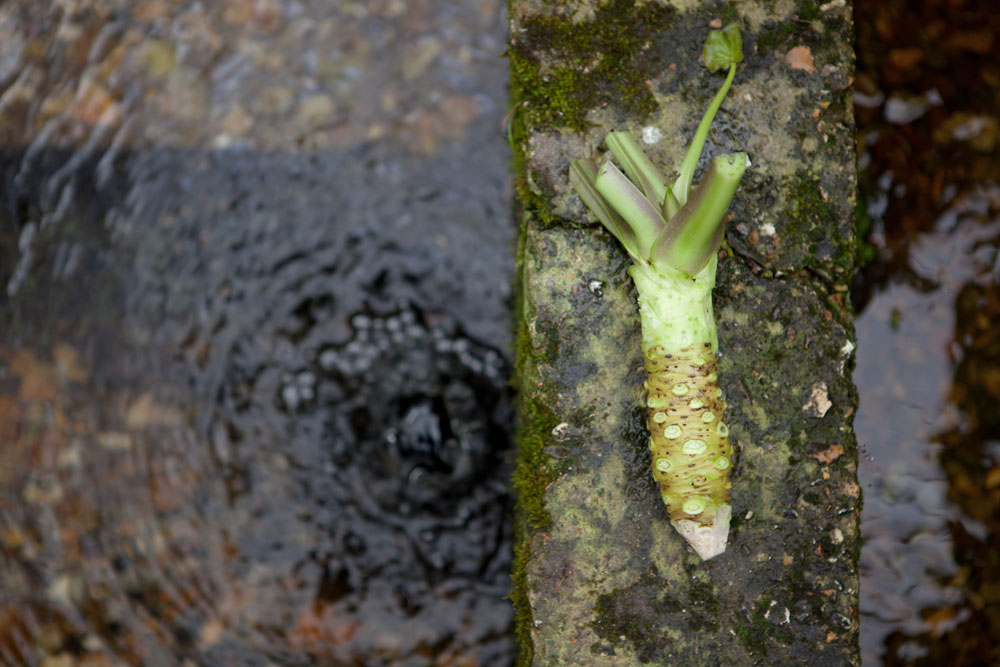
Forever Fascinated with Wasabi
Despite the growth of Old’s wasabi business, he remains humble, saying he is still no expert on Japan and wasabi. It was just a mere coincidence, timing and, of course, hard work, that has led to Europe’s first wasabi farm. Now, Old and his team are expanding their business to grow even more wasabi and supply more imported Japanese artisan products.
“Wasabi has led us down a road that I would have never expected to be traveling down 10 years ago,” says Old, who maintains that watercress and wasabi are still at the heart of the company even if they are venturing into other Japanese products.
“What I never get bored of sharing with people, is what is happening when you start grating wasabi,” says Old. “The result is initially bitter but gradually gets sweeter and hotter after 3-5 minutes. Seeing that timing and tasting the chemical reaction is an experience all on its own. There are not too many things that change in flavor in 5-10 minutes. And, after 15-20 minutes the flavor of the wasabi is gone. That ephemeral nature comes, peaks and goes. I find that fascinating and encourage people to try because it is so unique.”

